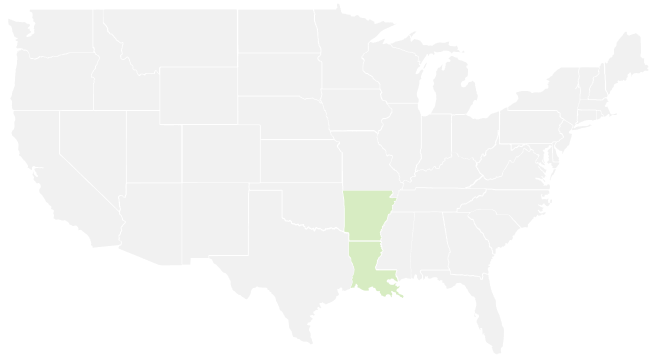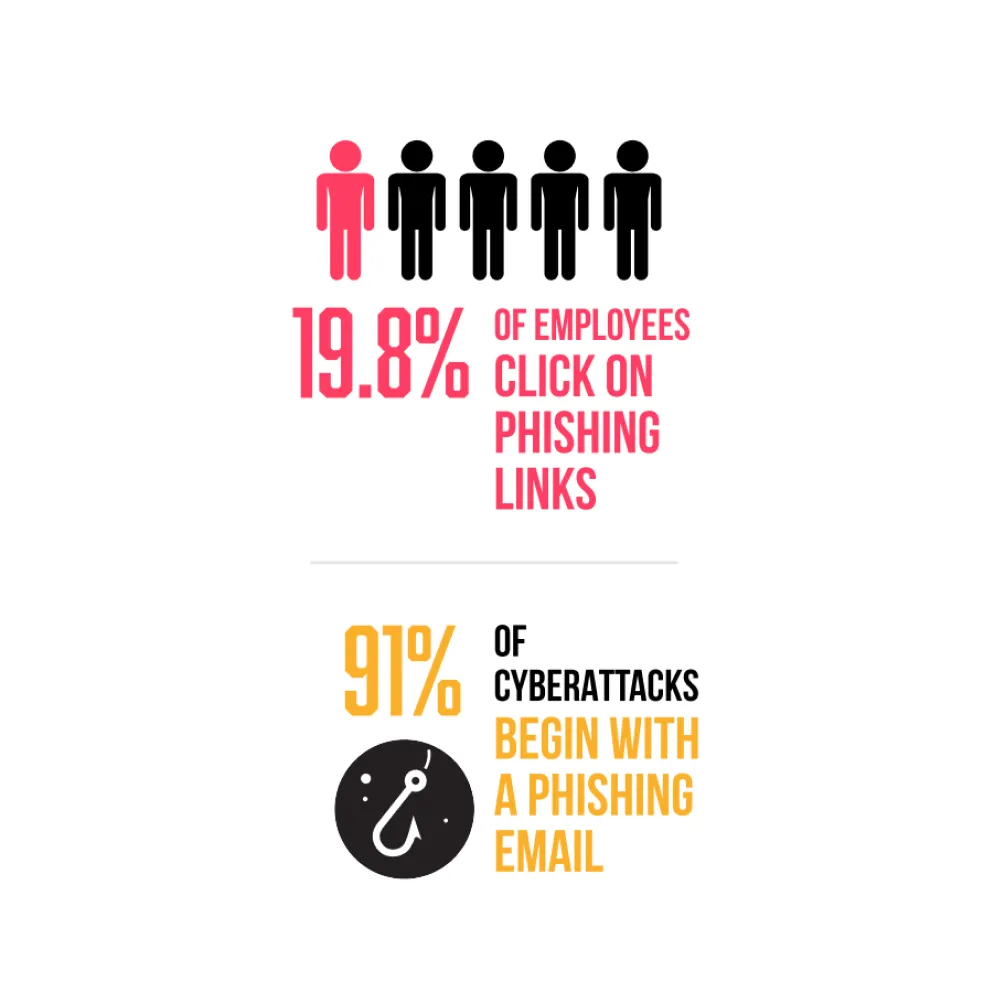As the world becomes more technology-driven, hackers are constantly looking for new ways to exploit vulnerabilities and steal information. With so many different hackers out there, it can be hard to keep track of them all. However, by understanding their different types and actions, you’ll be better prepared to stop them before they cause any damage. It is estimated that 43% of hackers target small businesses, and a hacker attack happens every 39 seconds. IT Support Ruston helps to safeguard your businesses from different types of hackers.
In this blog, we will be discussing the different types of hackers and their functions. We will start with the eight main categories of hackers. Remember that not all hackers fit into one sort or another and that there are many different hacking types.
8 Types of Hackers
Cybercrime is on the rise, and that means hackers are too. As a business owner, it’s essential to be aware of the different types of hackers and the types of attacks they carry out. Eight main categories of hackers can harm your business.

1. Black Hat Hackers
Black hat hackers are cybercriminals and hackers who engage in illegal activities such as breaking into systems and stealing data. They often target businesses because they know they will have much valuable information on their systems.
Cybercrime isn’t just limited to black hat hackers – any hacker can break into your system and steal your data, whether you’re the victim of a white or black hat attack. To stay safe, take the following precautions:
● Install security measures like antivirus software and firewalls to protect your computer against malware attacks.
● Keep up to date with the latest security threats so you can identify vulnerabilities and patch them quickly.
2. White Hat Hackers
White hat hacking is done to find vulnerabilities and report them to the manufacturer for patches. Usually, they are accepted as part of the community and rewarded for their findings.
Black hat hacking is usually done illegally to gain personal advantage or cause harm. They are frowned upon by most cybersecurity professionals because they can lead to system breaches that can harm business operations.
3. Green Hat Hackers
Green hat hackers are usually those who hack into systems for research or security purposes and try to comply with the rules and regulations set by companies and governments. On the other hand, black hat hackers break the law and steal data or money from their target.
Therefore, organizations need to know what type of hacker is targeting them so that they can take appropriate steps to secure their information and properties from potential attacks.
4. Gray Hat Hackers
Gray hat hackers are those who break the law to improve the security of systems. Companies or governments can employ them to test systems for vulnerabilities, and they can often be beneficial if used correctly. Little Rock Managed IT Services offers exceptional guidance on online threats to help you identify and protect your business from hackers.
5. Blue Hat Hackers
If you are a business owner, you must be aware of blue hat hackers – these skilled cyber security experts who work for companies to find and fix vulnerabilities before bad actors can exploit them.
Their job depends on finding vulnerabilities in systems and getting the information reported as quickly as possible so that corrective action can be taken. When blue hat hacking is done legitimately, it protects businesses from cybercrime and data breaches. However, when malicious hacking occurs, blue hat hackers can become part of the problem rather than the solution. Therefore, ensure your business remains safe from attack and has adequate cybersecurity measures.
6. Red Hat Hackers
Red hat hackers are also known as vigilante hackers, they are motivated by a desire to fight back against black hat hackers, but they do this by infiltrating black hat communities on the dark web and launching hacking attacks against their networks and devices.
Some hacking methods are so stealthy that it can be difficult for even the most experienced cyber-security professional to track them down. Some common signs of hacker activity include unusual traffic on your internet connection or strange files being downloaded onto your computer without being opened. Always keep an eye out for these red flags and take appropriate action as soon as possible! Doing so will reduce the chances of data theft and protect you from potential malware infections.
7. Yellow Hat Hackers
If you’re like most businesses, your security is of utmost priority. That’s where the yellow hat hackers come in – they help companies secure their systems and protect their users from malicious cyber attacks.
While some people may see them as villains, the yellow hat hackers are working to make our lives safer by finding and fixing vulnerabilities in software. They also play an essential role in preventing cybercrime from happening at all – something that might otherwise have disastrous consequences for businesses and individuals alike. Therefore, everyone needs to be aware of the activities of these cybersecurity experts so that we can stay one step ahead of danger.
8. State/Nation Sponsored Hackers
State/nation-sponsored hackers are the most dangerous, as they have access to information and resources that other hackers cannot even dream about.
You must implement proper security measures to stop these cyber-criminals and monitor network activity. You can also educate your employees about cybersecurity so that they know how to report any suspicious or malicious activities online.
Conclusion
Hacking is a criminal act that can have severe consequences for businesses. This blog has outlined the types of hackers you need to be aware of in 2023. By being aware of these hackers and the various ways they attack, you can protect yourself from this malicious act. Please read the blog to the end to learn more about hackers and how to protect yourself from them.


